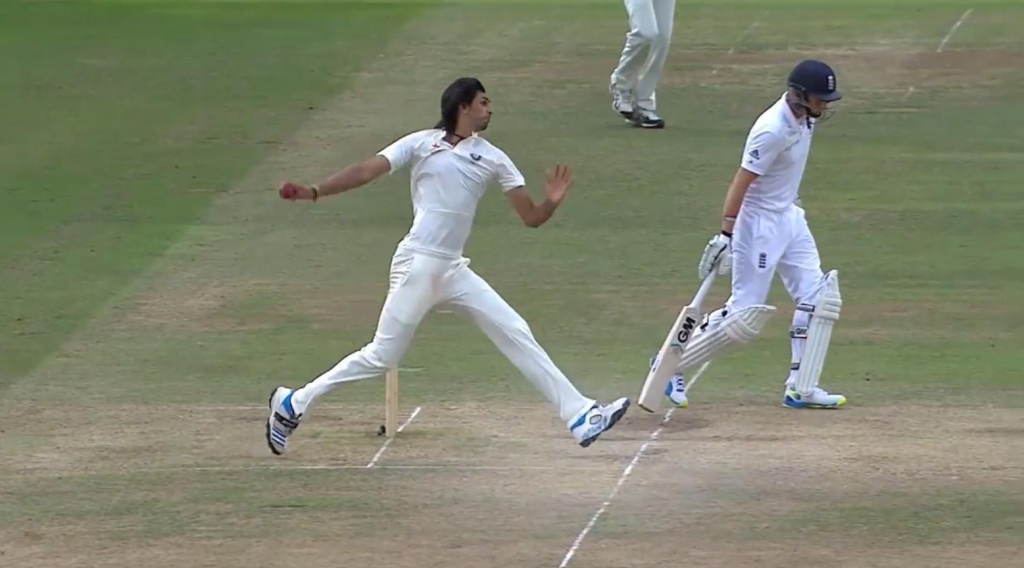In the world of cricket, the battle between bat and ball has been at the heart of the game’s intrigue for centuries. Two of the most captivating facets of bowling are spin and pace, each possessing its unique charm, strategy, and set of skills.
Styles of Bowling:
Spin Bowling: Spin bowling is a craft that relies on the revolutions imparted to the cricket ball. Spinners primarily employ their fingers to generate spin, and they aim to deceive batsmen with variations in flight, spin, and trajectory. There are two main types of spin bowling: off-spin and leg-spin. Legendary spinners like Anil Kumble (leg-spin) and Muttiah Muralitharan (off-spin) exemplified the artistry of spin bowling.
Pace Bowling: Pace bowling, as the name suggests, centers on the delivery speed. Fast bowlers, also known as pacers, rely on raw pace and bounce to unsettle batsmen. Variations like swing and seam movement are crucial to their arsenal. Some of the great pace bowlers in cricket history include Wasim Akram, Dale Steyn, and Glenn McGrath.
Importance in Different Formats:
In cricket, the importance of spin and pace bowlers varies across formats:
Test Cricket: In the longest format of the game, spin bowlers often play a pivotal role. They can exploit wearing pitches and extract turn and bounce over extended periods. Pace bowlers, meanwhile, use reverse swing and seam movement to create breakthroughs. The balance between the two can make or break a team’s fortunes.
One-Day Internationals (ODIs): ODIs demand a combination of both spin and pace. Spinners can control the middle overs, while pacers focus on providing early breakthroughs and executing death overs.
T20 Cricket: In the shortest format, pace bowlers with the ability to bowl fast yorkers and deceive with change-ups are highly prized. Spinners are crucial in containing runs and picking up wickets in the middle overs.
Why the Subcontinent Excels in Spin Bowling:
The subcontinent, comprising countries like India, Pakistan, Sri Lanka, and Bangladesh, has consistently produced exceptional spinners. Several factors contribute to this phenomenon:
- Subcontinental Pitches: The dry and abrasive pitches in the subcontinent provide ideal conditions for spin bowling. The ball grips the surface, enabling spinners to extract, turn, and bounce.
- Cultural Influence: Spin bowling is deeply ingrained in the cricketing culture of the subcontinent. Youngsters often learn to bowl spin from a young age, emulating their cricketing idols.
- Spin-Focused Academies: Countries like India have established spin academies that nurture and develop young spin talents, providing them with specialized coaching and facilities.
Physical Attributes Required:
Both spin and pace bowling demand specific physical attributes:
Spin Bowling:
- Finger Strength: Spinners rely on their fingers to impart revolutions on the ball, so finger strength and dexterity are crucial.
- Flexibility: Spinners need supple wrists and fingers to generate variations in spin.
- Stamina: In Test cricket, spinners often bowl long spells, requiring good endurance.
Pace Bowling:
- Speed and Agility: Fast bowlers must generate raw pace, so a strong core and lower body are essential. Agility helps in generating bounce and seam movement.
- Strength: Upper body strength is crucial for pace bowlers to maintain speed and accuracy throughout their spells.
- Stamina: Fast bowlers must possess the stamina to bowl consistently at high speeds.
In conclusion, the debate between spin bowling and pace bowling is one of cricket’s enduring narratives. Each style offers its unique challenges and rewards. To navigate the complexities of cricket strategy, enthusiasts often turn to Cricket Satta tips, seeking insights into the ever-evolving world of the sport.

